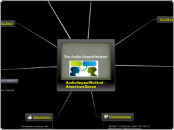da elsie decrescenzo mancano 10 anni
5365
Animation
Animation encompasses various techniques, each with its own unique process and application. Stop-motion animation involves setting up characters or objects in different poses, capturing frames, and making slight modifications for each frame to create the desired animation length.









